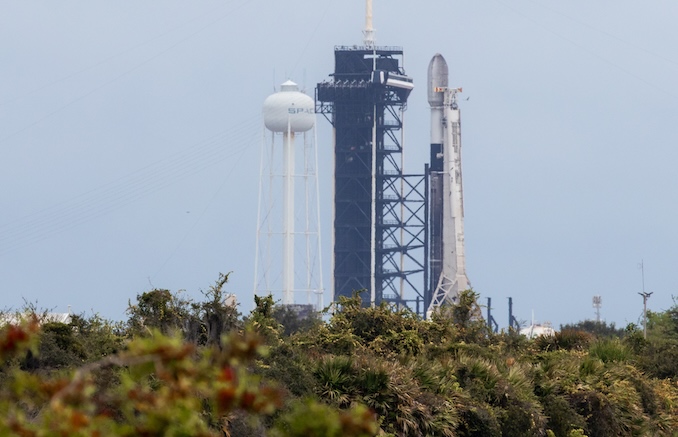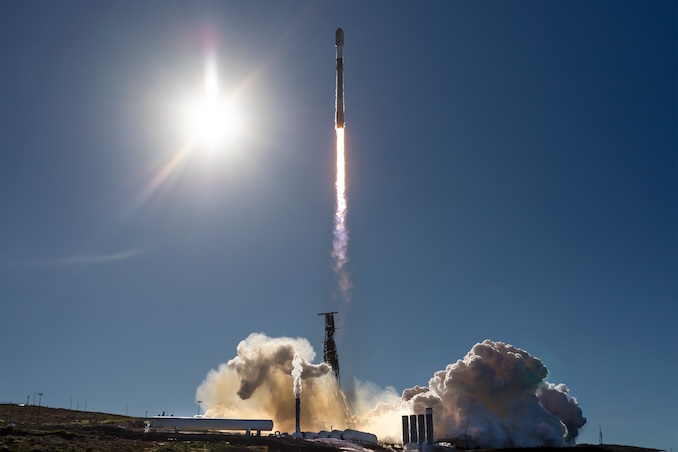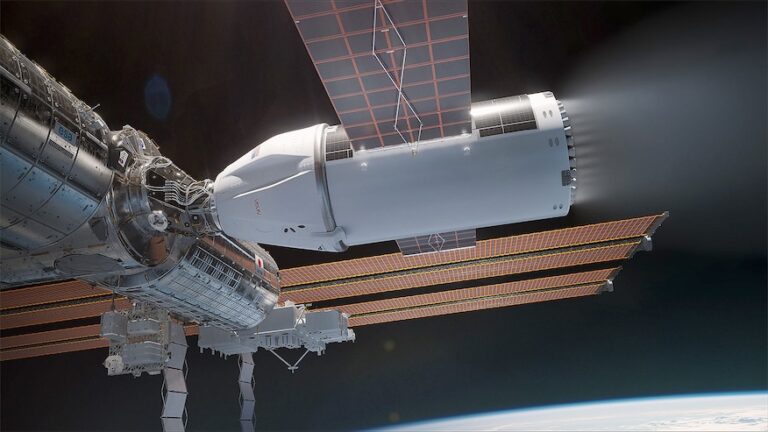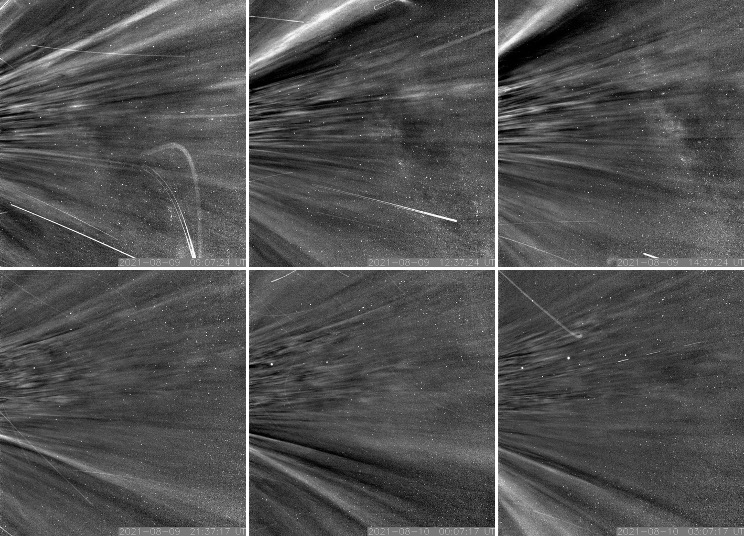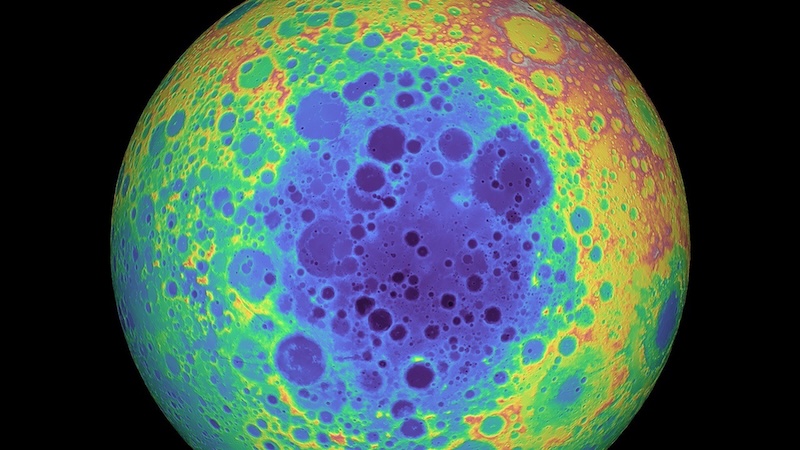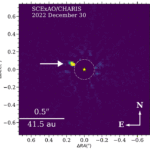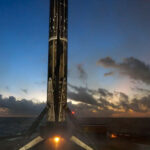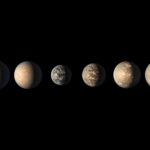Now Reading: Space Force says first national security Vulcan launch now anticipated in spring 2025
-
01
Space Force says first national security Vulcan launch now anticipated in spring 2025
Space Force says first national security Vulcan launch now anticipated in spring 2025
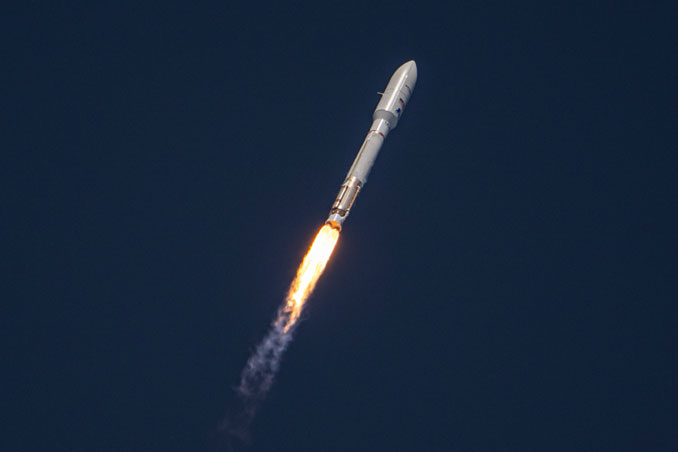

The first national security mission for United Launch Alliance’s Vulcan rocket might not occur until April 2025 at the earliest, the U.S. Space Force said.
The third flight for the Vulcan is set to carry a payload for the U.S. Space Force on a mission dubbed USSF-106. But before that happens, Vulcan needs to complete its certification to launch missions under the National Security Space Launch (NSSL) Phase 2 contract.
On Tuesday, a spokesperson for the USSF’s Space Systems Command (SSC), which oversees the launch procurements for the NSSL missions, said “the second quarter 2025” is when SSC anticipates the first NSSL Vulcan mission.
“The government team has not completed its technical evaluation of the certification criteria and is working closely with ULA on additional data required to complete this evaluation,” the spokesperson said in a statement. “The government anticipates completion of its evaluation and certification in the first quarter of calendar year 2025.”
In a statement to Spaceflight Now, a ULA spokesperson said that it would be ready to launch Vulcan during the first quarter of 2025, adding that the rocket is still stacked (minus the payload) inside the Vertical Integration Facility (VIF) at Space Launch Complex 41 (SLC-41) at Cape Canaveral Space Force Station.
ULA decided that for its certification process, it would develop and test the Vulcan rocket shoulder-to-shoulder with the U.S. government. The two entities established the Vulcan Certification Plan in 2018, which was based on the New Entrant Certification Guide published in 2011.

During a roundtable discussion with reporters last week, ULA President and CEO Tory Bruno said there were essentially two choices when it came to how to certify Vulcan to fly missions for the Department of Defense.
“You can go with choice A, which is, we’re in a hurry and we’re concerned the government will slow us down. So go away and we’ll call you when we’re done and give you a large amount of data to wade through at the end,” Bruno said. “And that typically requires three or four certification flights.
“Then you have option B, which is, no, we’re comfortable working with the government, so come on in and attend all the meetings and be embedded with us through the entire journey and there’ll be data deliveries all along. And that typically only requires, usually two flights.”
Bruno said the outcome of the second option results in a final data review by the government where the perform an independent verification and then approve the certification. He said they are in the end game of that now.
Ongoing investigation
One of the watch items in the certification process is an anomaly that occurred with one of the two Graphite-Epoxy Motor (GEM) 63XL solid rocket boosters (SRBs) flown during the second certification flight of Vulcan on Oct. 4.
Less than a minute after launch, one of the booster lost part of its nozzle. Despite a loss of thrust, the rocket was able to compensate and successfully completed the rest of the test flight.
Bruno said last week ULA is still drilling down to a root cause of the issue and wasn’t ready to go into detail on that. But he said “it’s not the first time that I have liberated a nozzle in my several decades of building rockets.”
Referencing the investigation so far, he added that “nothing in there surprises me.”
“In terms of the investigation, we have recovered hardware from near the pad. I’ll tell you, there are insulators that failed, that are bonded to the inside of the shell that becomes the nozzle and we recovered parts of those,” Bruno said. “That was pretty fortunate for us. Gave us really quick and early insight.
“So long way of saying, [we have] a pretty good idea what happened and minor modifications that would be necessary and desired to correct that [are] already underway.”
In a statement to Spaceflight Now, the SSC said its investigation concerning the SRB was also ongoing and that “The government team is working closely with ULA to resolve the investigation.”
Bruno said from his perspective, that anomaly shouldn’t stand in the way of certifying Vulcan.
“I can’t speak for the government, but that’s not how the certification plan works. You’re not necessarily expected to fly without observations. You are expected to prove that the architecture of the rocket works and that it would have the performance required to do the missions,” Bruno said.
“It’s not unusual to come through certification with something like that and the process for that, which is also described in the certification plan, is called a ‘joint handling plan.’ So, anything that you see that needs to be dealt with, the way it would be dealt with if you were already certified, goes into that and then runs its own course. And in fact, they can be opportunities to improve the rocket. They can also be liens against future missions where it’s something you want to resolve before you fly again, just like routine business post-certification.”

Bruno said that, as with the rest of the Vulcan development process, the government will be alongside ULA as it responds to the SRB nozzle anomaly.
“We show them everything we do. I mean, they don’t have to ask. They are literally embedded in our team,” Bruno said. “I am making minor modifications to those parts of the nozzle that are involved in this and we’re definitely going to test them and they’ll get all the data. They can be present and witness the test, if they want to.”
ULA in 2025
While ULA completes the certification process for Vulcan, it is also looking at the new year and several more missions than it flew in 2024.
Bruno said ULA has 20 missions on its 2025 manifest, but couched that number by saying that the final tally at the end of the year will partly depend on the readiness of the payloads. He said the 20 launches are split fairly evenly between Atlas 5 rockets and Vulcan, with slightly more for the former.
“You rarely have more flights in the year than you were expecting because you’re at the end of the journey. You are waiting. You’re the last step,” Bruno said in reference to being the launch provider. “You’re waiting for the satellite and so, if they are delayed at all, then typically they move into the next year. They never go away, they just move around.”
With Vulcan potentially waiting until spring to launch again, Bruno said there is the possibility that a launch for Amazon’s Project Kuiper satellite internet constellation could move to the front of the launch line in the new year. Amazon purchased nine launches for its satellites on Atlas 5 rockets and 38 on Vulcan rockets
“It’s possible to have one satellite customer over another and because we have a stockpile of rockets, which is kind of unusual, normally, you build it, you fly it, you build another one. We would be able to do that,” Bruno said. “And I would certainly want anyone who is ready to go to space able to go to space.”
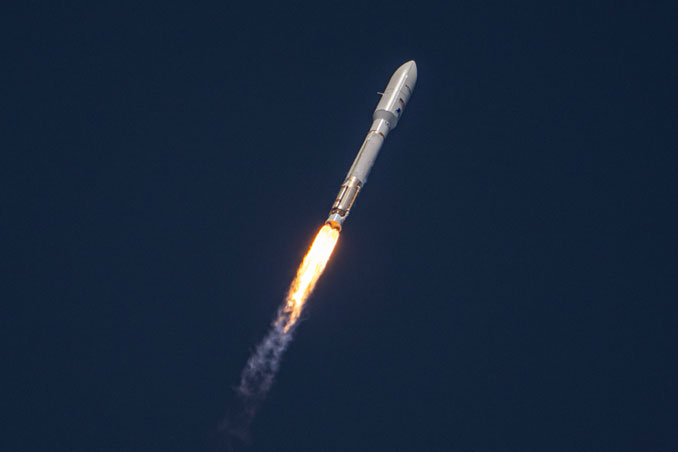
The new year will also be busy for ULA in other respects. It will complete work on Space Launch Complex 3 (SLC-3) at Vandenberg Space Force Base in California to support Vulcan launches from the Western Range. It will also roll the final Atlas 5 rocket out of its factory in Decatur, Alabama, and close down that assembly line.
Bruno said they’ll deliver the last two Atlas 5 rockets “in the next couple of months.” He said they are just waiting on two parts from suppliers to finish off those rockets, which will then be moved into storage.
“We expect to fly all except the Starliner Atlases out in ’25 or perhaps early ’26,” Bruno said.
Stay Informed With the Latest & Most Important News
Previous Post
Next Post
-
 012024 in Review: Highlights from NASA in Silicon Valley
012024 in Review: Highlights from NASA in Silicon Valley -
 02Panasonic Leica Summilux DG 15mm f/1.7 ASPH review
02Panasonic Leica Summilux DG 15mm f/1.7 ASPH review -
 03How New NASA, India Earth Satellite NISAR Will See Earth
03How New NASA, India Earth Satellite NISAR Will See Earth -
 04And Thus Begins A New Year For Life On Earth
04And Thus Begins A New Year For Life On Earth -
 05Astronomy Activation Ambassadors: A New Era
05Astronomy Activation Ambassadors: A New Era -
 06From Polymerization-Enabled Folding and Assembly to Chemical Evolution: Key Processes for Emergence of Functional Polymers in the Origin of Life
06From Polymerization-Enabled Folding and Assembly to Chemical Evolution: Key Processes for Emergence of Functional Polymers in the Origin of Life -
07SpaceX launch surge helps set new global launch record in 2024












